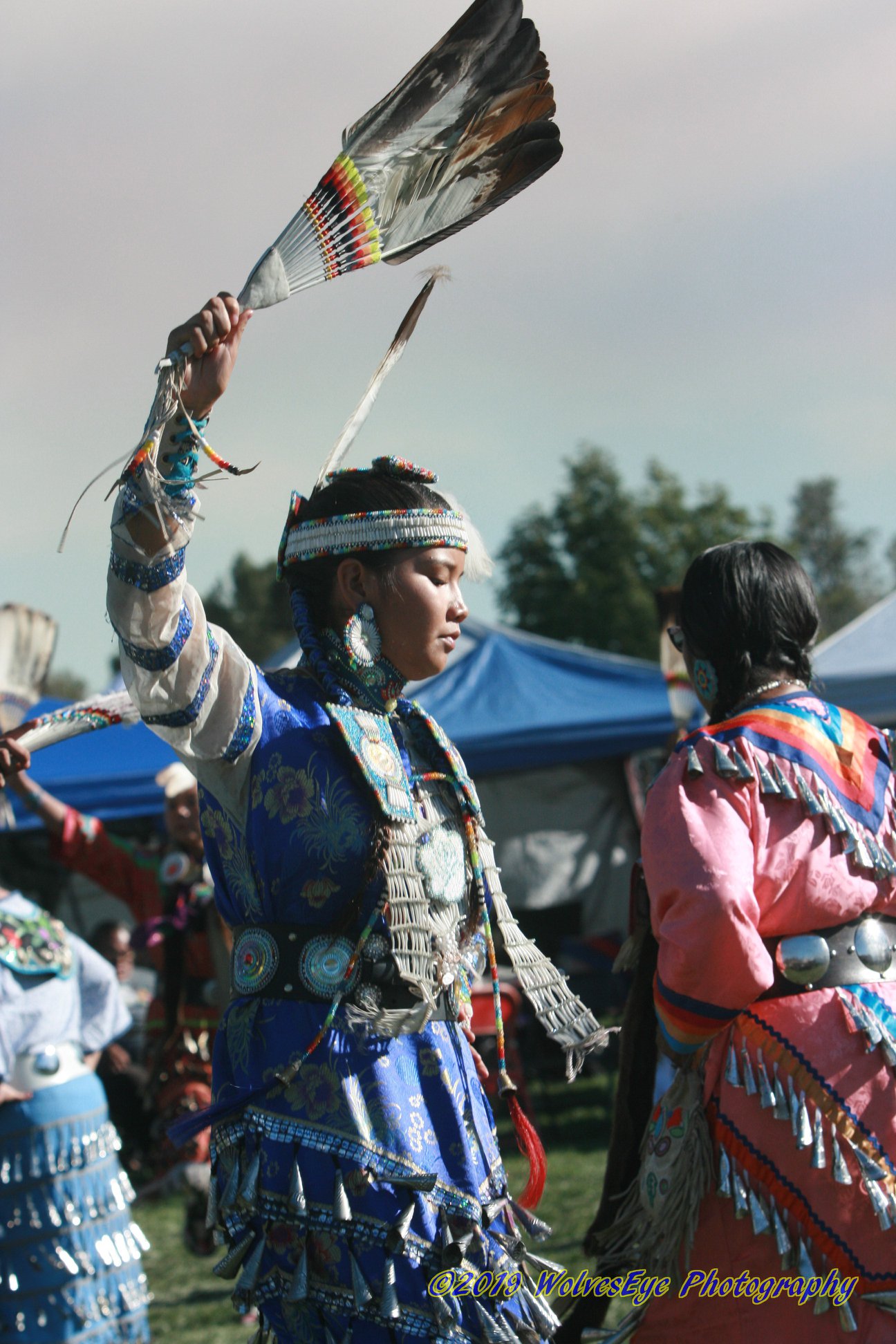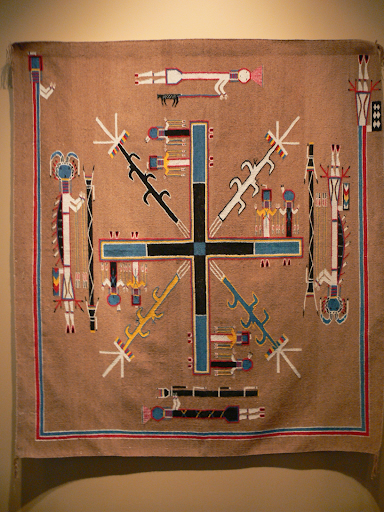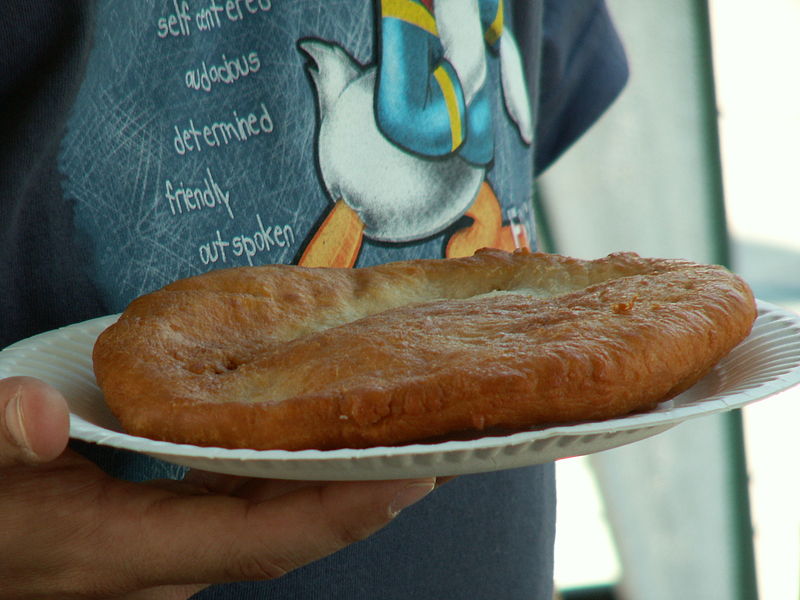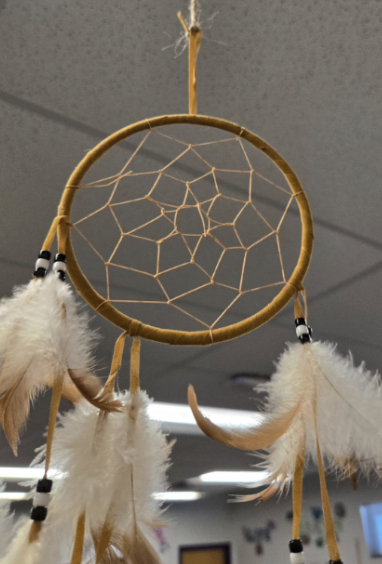
As an elementary school teacher with Apache tribal heritage, I believe we’re fortunate to live in a time when our nation is making sincere efforts to recognize and celebrate the rich cultural heritage of the original inhabitants of this land—the indigenous peoples— who have called these shores home for countless generations. Participating in indigenous traditions is a meaningful way to honor and learn about Native American communities, and the best way to engage with these traditions is to go directly to the source. Seek out opportunities to have members of your local tribal nations come and share their knowledge, customs, and stories through presentations, workshops, demonstrations, or other activities to honor and celebrate Indigenous Peoples’ Day. This direct connection with Native people ensures you’ll receive an authentic, firsthand account.
If arranging for a Native presenter isn’t feasible, below is some important information to help you and your students learn more about Indigenous Peoples’ Day, as well as some wonderful Indigenous Peoples’ Day activities and books I compiled with the help of my Native community.
Jump to:
It’s important to approach topics related to Indigenous peoples with thoughtfulness and care, as many of these subjects can be quite sensitive. Previewing any content before showing your class is recommended to make sure it’s presented in a respectful, culturally appropriate manner. By making the effort to learn directly from Native voices, you can gain invaluable insights into the vibrant, living cultures that have inhabited this land for millennia and participate in the important work of honoring and preserving these irreplaceable traditions.
What is Indigenous Peoples’ Day?

On the second Monday of October, tribal and non-tribal people alike gather in their towns, cities, and villages to celebrate the original culture of this land we now call the United States of America. Drums thunder, songs are sung, and dances grace the land the original Native people have called home since the day of their creation. This is known widely as Indigenous Peoples’ Day. However, beneath the surface of this culturally rich celebration lies a day of genocide and piracy.
In 1937 under President Franklin D Roosevelt, October 12 was dubbed “Columbus Day,” a federal holiday to commemorate the Italian explorer Christopher Columbus. It was not long before stories of the Italian explorer and his brave journey to the New World were being taught in every school and textbook across the nation, but this version of Columbus was far from the truth. In reality, his voyage to the Americas was the beginning of 500 years of genocide waged against the Native people of this land.
“Back in the 1800s during the war between Mexico and the Apache, the Mexican Government was paying money for the scalps of Apache men, women, and children. In the United States, they put them on reservations; here, they killed us. Now for us, Indigenous Peoples’ Day is really important, explained Joel Cabral, Chief of Tribu Lipan Apache in Nogales, Mexico. “We’re rewriting the history of the Apache people here in Mexico. Last year we became the ninth tribe recognized in the state of Senora, Mexico. Indigenous Day is not just one day for us, it’s every day, as we continue to learn our traditions and teach them to our children, to teach them to be proud of who we are.”
When, where, and how did Columbus Day become Indigenous Peoples’ Day?

Native people never stopped fighting for their rights, freedom, and the true story of this land. From the Battle of Little Big Horn to the occupation of Wounded Knee, Native people have been continuing their struggle for freedom. In 1990, South Dakota, the home of the powerful Lakota tribe, took a monumental step toward reconciliation by officially changing Columbus Day to Native American Day. Two years later, Berkeley, California, followed suit and changed their Columbus Day to Indigenous Peoples’ Day. Today, in 2024, a growing number of cities and states across the United States are replacing Columbus Day with Indigenous Peoples’ Day. Here’s a list of cities and states that recognize Indigenous Peoples’ Day.
Should we still celebrate Columbus Day?
Celebrate Christopher Columbus? Absolutely not, but we shouldn’t erase him from the history books either. Celebrating Columbus in the United States would be similar to celebrating Adolph Hitler in Israel. It is a fact that Columbus, along with his Spanish troops, committed horrific crimes against the Native women, children, and men of the Taino tribe in the Bahamas. However, the voyage of Columbus was a key historical event because it led the way for the European empires to ravage and colonize the New World. It’s important for us not to forget or replace this history but to face it head-on with authenticity. However, we also don’t need to live in the past. What we need is to look deep into these historical events and draw a lesson from them that we can carry with us into a brighter future as we move forward in this life.
“As a European, you may want to celebrate the bravery of the men who sailed across the Atlantic Sea and made contact with the New World, and no one can stop you from thinking that way, but as Indigenous people, I don’t think we see it any different than my grandfather did,” said Manuel Lucero IV, Cherokee Nation, Executive Director of The Museum of Indigenous People. “He used to call it ‘Butcher’s Day’ because that’s what he [Columbus] was, a butcher. It wasn’t something good for the Indigenous people here.”
Learn more: Stop Celebrating Columbus Day in Schools (Opinion)
Indigenous Peoples’ Day Activities
There are many enriching activities you can do with your students to observe Indigenous Peoples’ Day, to honor Indigenous Peoples’ Month (November), and to bring a broader understanding of Thanksgiving, American history, and environmental activism to your classroom.
Understand the meaning of “indigenous”
Before you get started with any of the activities below, it’s important to make sure your students understand the meaning of the word indigenous. “Indigenous peoples” refers to populations that are the original inhabitants of any given geographic region in the world. “Native American” and “American Indian” are widely used, as well as the term Indian or “Ndn.” Nevertheless, the best option is to refer to specific tribe names. A common way to find this out is to ask “What tribe are you from?”
Get to know your local tribe
Learn about the Native tribe(s) in your area. Every U.S. state has at least one tribe affiliated with that land. Tribal websites can connect you with someone in their cultural department. This is a great resource to build relationships with tribal affiliates that can lead to field trips, presentations, and more. Plus, as your students explore their state on a map, you can incorporate a geography lesson or build on previous geography lessons. What natural features of the land may have played a part in the daily life of your local tribe(s)? Here’s a tribal nations map to get you started.
Attend local events

PowWows.com has a ton of resources and listings of public events. Students can write a reflection paper about their experience. Another option would be to fill out this free printable KWL chart before and after the event.
Discover indigenous geography
Everyone is indigenous somewhere. Where are your ancestors from? With the help of parents, students will discover where their ancestors originated. Then, by using a blank world map, students can mark their indigenous homeland. They can then add a small photo of themselves, their name, or some other symbol that represents them. Put the map on display in your classroom and title it “Indigenous Geography.”
Collaborate with Native speakers
Invite Native speakers to present in your classroom or at your school. They may have cultural items to share, dances, songs, or stories. Nothing compares to experiences shared firsthand by Native people. Reach out to your local tribe or your school community. You may be surprised by the number of Native students attending your school!
Create sand art

Navajo sand art is traditionally a ceremonial practice. Although still used in ceremony, it has also become a form of art and commerce for the Navajo people. You and your students can make your own art on paper. To try this sacred art form, first watch the video below that briefly explains Navajo sand art. Then watch the video tutorial about how to make sand art. This activity should be done outside since it can be messy and the final step is to let the sand blow away.
Watch it: Navajo Sand Art and Make Your Own Colored Sea Salt
Play Cherokee stickball
Are you ready to get physical and work up a great sweat?! Cherokee stickball is similar to lacrosse. This game requires the use of sticks and a ball. However, you may substitute the traditional sticks with scoop ball sticks. (I would suggest you ask parents to donate a set; each set has two scoops.) In addition, out of respect for the game, it would be honorable to watch the first video linked below, which explains the process of making the traditional sticks. Once you’ve seen how the Cherokee make their sticks, you can watch the second video below, which explains the rules of the game. When you’re finished watching the videos, you’re ready to play!
Watch it: Stickball Stick Making and Cherokee Stickball History and Rules
Buy it: Scoop Sticks at Amazon
Make fry bread

Cook a traditional dish! Baking of any sort is also a great way to connect to physical science standards when learning about chemical reactions. You can extend this lesson by incorporating the chemical reactions taking place in the ingredients as they are cooked in the oil.
However, before diving into this savory project, it’s important to understand the debate in “Indian country” about fry bread. Due to the history and origins of fry bread, there are those who enjoy the nostalgia of a delicious warm fry bread just like their grandmother would prepare, but on the other hand, there are those who harbor feelings of repugnance with this historical bread. This is because the bread comes from a time when Native people were imprisoned on reservations and could no longer hunt, gather, or farm for themselves, so the government issued rations that included flour, salt, and oil among other things. Consuming these government rations and processed foods contributed to many health ailments that run rampant in our Native populations today, diabetes being one of the most common.
Watch it: History of Fry Bread and How To Make Fry Bread
Run an Indian relay race
Here’s another great way to get out of the classroom and expend some energy. The Indian relay race is one of the most intense races in the country, but don’t worry, we’re going to make it kid-friendly. The roots of this race are tied back to the horse-stealing campaigns that tribes conducted on white settlers and each other. Horses were held in high regard by Native people because of how powerful they are. Therefore, the more horses you owned, the wealthier you were considered. Men would even offer horses to their prospective wives’ families.
To make this a safe, kid-friendly race, we’ll just run on foot. Set up your class into teams of three or four members each. Each member of the group will race around a designated track. When they complete the lap, they will tag the next group member. This will continue until each member of their team completes their lap. The first team to finish all of their laps wins!
Watch it: Intro Video to the Race (Caution: There is mention of suicide and addiction, real problems in our Native communities) and Short Video of the Race.
Introduce Native American music
Introduce students to Native American music. You can use soothing dance songs, this Peyote songs playlist, or flute songs for background music while students work. During P.E. or recess, you can pump up students with the rocking sounds of the Halluci Nation group.
Make clay pottery
When reproducing a craft from another culture, it is good practice to have the correct story regarding that craft. There are many false narratives about Native American crafts and practices circulating in books and on the internet. The best way to ensure your information is accurate is to get the information directly from a credible source, whether it be a Native speaker, author, or artist. You can find many contacts on tribal websites and social media. Most Natives are happy to be a part of the education of the American people and to tell the true story of their tribes.
Many tribes used clay to create a variety of different pottery pieces. These pieces were used as tools to help with daily life. Your students can easily make their own pottery with air-dried clay. Before designing and making your pottery, think about its purpose. Will it be used to carry items, as decoration, or even to plant a seed? Watch this video to learn more about Native American pottery.
Create dream catchers

The dream catcher is a well-recognized Native American art piece with cultural roots tied to the Lakota tribe. This activity is best suited for students ranging from 8 years and older. You can discover the story behind the dream catcher or watch this tutorial on how to make a dream catcher.
Practice weaving
Weaving is a skill that tribes used for daily needs ranging from gathering, ceremony, fishing, and more. Students can learn the process of weaving with the videos below. The first one explains how to weave a basket, and the second one tells the story of basket weaving from the Pomo tribe in California.
Watch it: How To Weave a Basket and The Basket Weavers
Make shell necklaces
Shells, as well as beads, played an important role in Native American culture in the form of currency, status, and relationships. With a couple of $5 bags of shells from Walmart or Target and a bundle of hemp yarn or twine, your class can create beautiful shell necklaces and bracelets that can then be used to trade with one another. Check out this great video on the history of shells and beads in Native American culture.
Make gourd rattles

Bird tribes like the Quechan, Cocopah, and Cahuilla of the Southwest all use gourd rattles. These gourds are used to keep the rhythm of their songs and dances. The songs are thousands of years old, as the tribes are singing about their creation story and the days after.
Students can make their own gourd rattles. To extend the activity, try to come up with a song that describes one of your daily school activities.
Construct Q-tip bows and arrows
Bows and arrows were used by tribes for hunting and fighting in war. You may be surprised to know that they were also used for fishing. This is a fun project that doesn’t require a whole lot of materials. All you need are some Q-tips and small rubber bands and some makeshift targets. Start out with these two videos about Native American bows and arrows. Then watch the video about constructing your Q-tip bows and arrows. As a bonus, this project can easily connect to physical science in terms of potential and kinetic energy.
Create no-sew star quilts
Tribes like the Dakota have been using star quilts to honor their community members for many years. It holds special significance to the Dakota and Lakota people because their creation stories are tied to origins in the stars. Creating a quilt as a class is a beautiful way to come together and collaboratively create something that represents you as a community. Watch the video about the history of star quilts to gain an understanding of where they come from and their significance. Then, watch the video about how to create a quilt in your class without any sewing. (Note: You do not have to order the quilt kit mentioned in the video, you can simply use pieces of cloth or even felt!) Watch a Dakota woman telling the story of the star quilt or an example of making a quilt without sewing.
More Activities To Observe and Celebrate Indigenous Peoples’ Day 2024
Books To Honor and Appreciate Indigenous Peoples’ Day
We’ve compiled a large list of books authored by various tribal members. The books are divided into age/grade level groups.
Books for Elementary Students
Books for Middle and High School Students
Additional Lists of Indigenous Books
As you take on this cultural journey, be patient and be open-minded, as it takes time to learn over 500 years of history.